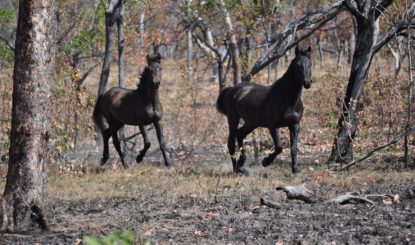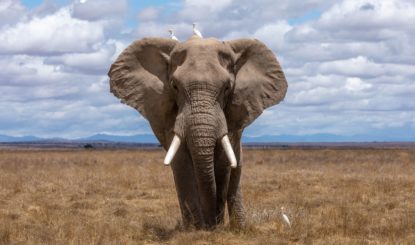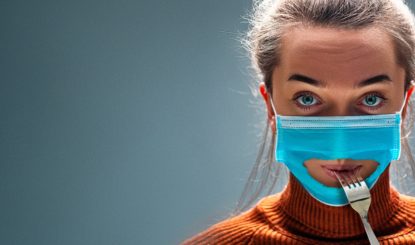Return of the Reptiles
Last year, two old acquaintances returned to the Bonrook rangelands after a twenty-year hiatus. Both are reptile species native to North Australia, and both were decimated almost to extinction by the cane toad that arrived here in 2003.
The toad was introduced to the cane fields of Queensland in the 1930s to control the cane beetle. A slow moving toad that is easy prey for other species yet with a deadly venom in its skin. It took roughly 70 years to work its way across the North Australian tropical savannah to the rangelands of Bonrook. The toad is still in situ, however some native species have learnt to adapt and not to eat it.
Frill Necked Lizard
The first of the two species that returned is the Frill Necked Lizard (Chlamydosaurus kingii) or simply known to North Australians as the “Frilly”. It grows to a length of 90 cm and can run very fast on its rear legs using its tail for balance. The frill is a large skin flap around its neck that it can flare out as a threat display. Its diet is mainly insects and it usually spends most of its life in trees. But at this time of year, during the wet season, it is often on or near the ground when feeding. During the cooler months of the dry season, it lives higher up in the canopy of the trees.
Since October last year, when the rains started, I have seen them in large numbers almost on a daily basis and those observed are mostly young and not fully grown. They are in the homestead garden, horse yards and at the main shed as well as out on the rangelands. If you approach one of these lizards, it will run as fast as it can to the nearest tree and go up to a height of about 1.5 to 2 m then stop and lie very still.
Northern Brown Snake
The second species of reptile that returned, though not quite as welcome as the first, is the Northern Brown Snake (Pseudonaja nuchalis). It is a relative of the King Brown and the Western Brown Snake and is one of the most venomous snakes on the planet. It grows to about 1.8 m in length and is very fast and aggressive when cornered or threatened. Being a ground dwelling snake, the Northern Brown Snake can have slightly different shades of brown scales and head markings depending on its habitat. The head can be partially black or have arrow shaped markings. Its diet is mainly small marsupials, and it is more active during the warmer months.
Dangerous Visit
The Aboriginal name for the Northern Brown Snake is “Gwarder” which roughly translates as “Go the long way around”. For this is what you surely do when you see this snake – you go the long way around. I have seen approximately six of these snakes since last August on the rangelands of Bonrook as well as at the station shed and in the garden. As I was fixing the northern boundary fence, I noticed the first snake slithering by me only about 5 m away. At first glance I thought I was looking at a young Black Headed Python, however after a good hard look, I realised I was in the company of a reptile that I had not laid eyes on in 20 years: the deadly Northern Brown Snake! All the ones I’ve seen so far have not been fully grown, all about 80 cm to 1 m in length.
Speaking late last year to some of the young Aboriginal rangers who manage their country to the East and South of Bonrook, they too had noticed an increase in Frill Necks and Northern Browns. They said that If I had already seen six of these snakes, there were no doubt many more in our area. And these people would surely know. As the older locals of the township of Pine Creek used to say many years ago: “Rarely will you meet someone who has been bitten twice by a Brown Snake. Why? Because the first bite is usually fatal.”
I am very pleased to see the Frill Neck Lizard and Northern Brown Snake back on Bonrook after an absence of two decades. This confirms the good ecological condition of our land and a balanced nature.
More information:
- Our project page “Wild Horse Sanctuary in Australia”
- This article was first published in the Journal Franz Weber 145. You can find the PDF version of all previous magazines here.
- You have not yet subscribed to our quarterly magazine, the Journal Franz Weber? Order the latest issue for free here (in German and French only).


